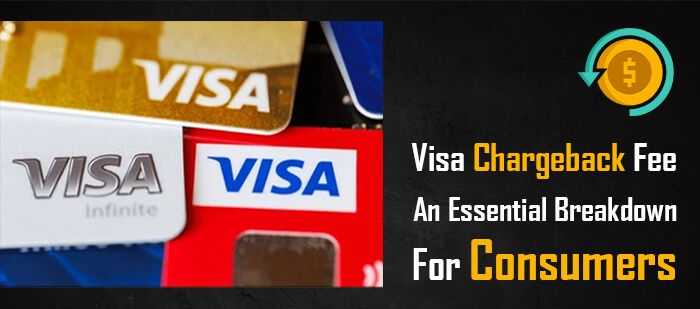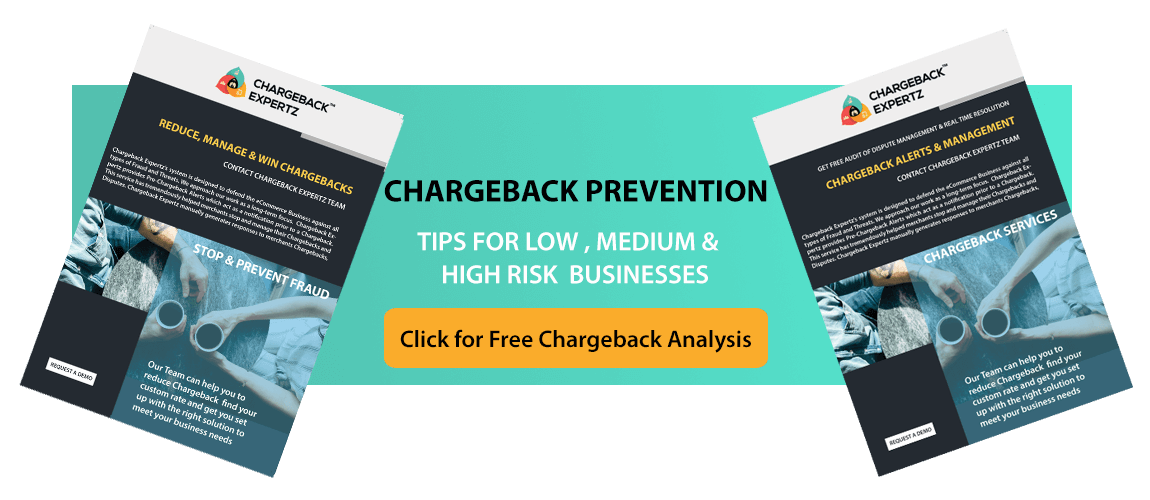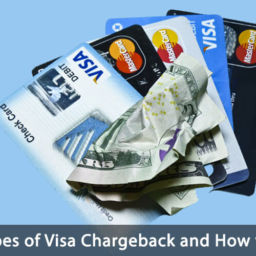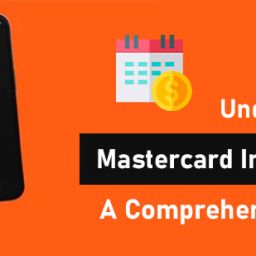
As a consumer, it’s important to understand the various fees associated with using a credit card. One such fee that can often catch people by surprise is the Visa chargeback fee. This fee is charged when a cardholder disputes a charge and the merchant is required to refund the money. While chargebacks can be a useful tool for protecting consumers against fraudulent or unfair charges, the accompanying fee can leave many feeling confused and frustrated.
In this blog post, we’ll break down everything you need to know about the Visa chargeback fee, from what it is and why it exists, to how much it costs and how you can avoid it. By the end, you’ll have a better understanding of this often-misunderstood fee and how it may impact your credit card usage.
Understanding the Visa Chargeback Fee
The Visa chargeback fee is a critical component of the broader chargeback process, a consumer protection mechanism that allows cardholders to dispute a charge and potentially secure a refund for transactions they believe were incorrect, fraudulent, or unfair. When a consumer files a chargeback, Visa intermediates between the cardholder’s bank (the issuing bank) and the merchant’s bank (the acquiring bank) to resolve the dispute.
If the dispute is settled in favor of the consumer, the merchant is typically required to cover the cost of the transaction and may also incur an additional fee — the Visa chargeback fee.
This fee is not directly charged to consumers but is levied on merchants as a penalty and to cover administrative costs associated with processing the chargeback. The existence of this fee underscores the importance Visa places on maintaining a secure and trustworthy payment environment.
It serves as a deterrent against merchants providing substandard products or services and encourages them to maintain high-quality customer experiences to avoid disputes. However, it’s crucial for consumers to understand that frequent and unjustified chargebacks can lead to increased costs for merchants, which may indirectly affect pricing and service quality for all customers.
Some Related Blogs
- Unlocking the Features of Visa Account Updater
- Card Security Code: Your Last Defense Against Fraud
- The Essential Guide to Chargeback Fraud Prevention
- Chargeback Blacklist: A Comprehensive Guide
How Is the Visa Chargeback Fee Calculated?
The calculation of the Visa chargeback fee can be complex, as it varies depending on several factors, including the merchant’s agreement with their bank, the type of transaction, and the reason for the chargeback. Generally, Visa sets a standard fee for chargebacks, but the exact amount may differ from one financial institution to another. Merchants are usually charged a flat fee per chargeback, which can range significantly depending on the industry, country, and specific circumstances of the transaction.
For example, high-risk industries such as travel or electronics might face higher fees due to a greater likelihood of chargebacks. Additionally, the fee structure can be influenced by the merchant’s chargeback ratio, which is the percentage of transactions that result in a chargeback. Merchants with higher ratios may be subjected to increased fees as a penalty and as an incentive to reduce fraudulent or disputed transactions.
It’s also worth noting that in certain situations, Visa may adjust its chargeback fees or provide exemptions based on the nature of the dispute. For instance, chargebacks related to fraudulent transactions may have different fee implications compared to those arising from customer service issues. Despite these variances, the core aim remains to cover the administrative costs of processing chargebacks and to encourage a fair, secure transaction environment for all parties involved.
The Impact of Visa Chargeback Fees on Merchants and Consumers
![]()
Email us anytime!
Email customer service 24/7
![]()
Call us anytime!
Reach customer care 24/7 at +1 (888) 901-8653
The Visa chargeback fee, while primarily aimed at merchants, has a ripple effect that touches both the retail sector and consumers. For merchants, these fees can accumulate quickly, particularly for small businesses or those in high-risk industries, putting a strain on their financial health.
This strain can lead to higher prices for goods and services as businesses attempt to recoup losses associated with chargebacks and their associated fees. Additionally, a merchant’s relationship with payment processors and banks can be adversely affected by a high number of chargebacks, potentially leading to higher processing fees or the termination of services.
On the consumer side, while the fee is not directly charged, the indirect effects can be noticeable. Increased product prices and a decrease in service quality may occur as businesses strive to mitigate financial losses. Furthermore, businesses might adopt stricter return policies and more rigorous transaction verification processes, which can complicate the shopping experience.
While the intention behind the Visa chargeback fee is to safeguard transaction integrity and consumer trust, its application can sometimes lead to unintended consequences for both merchants and consumers, emphasizing the need for a balanced approach to managing disputes and chargebacks.
Best Practices to Avoid Visa Chargeback Fees
To minimize the risk of incurring Visa chargeback fees, both merchants and consumers can adopt several best practices. Merchants should prioritize clear communication by providing detailed descriptions of products and services, setting realistic expectations, and ensuring transparent transaction processes. Implementing a robust customer service program that quickly addresses concerns can also deter customers from initiating chargebacks.
Encouraging customers to contact them directly for refunds or exchanges rather than going through their bank can significantly reduce chargeback occurrences.
For consumers, it’s advisable to thoroughly review product descriptions and merchant policies before making a purchase. If an issue arises, attempt to resolve the matter directly with the merchant before filing a chargeback. This not only gives the merchant the opportunity to rectify the situation but also helps maintain a healthy marketplace by reducing unnecessary fees and complications.
Additionally, both parties should maintain meticulous records of transactions and communications. For merchants, this means saving receipts, tracking numbers, and any correspondence with customers. Consumers should keep copies of order confirmations, product descriptions, and emails changed with the merchant. This documentation can be crucial in resolving disputes fairly and avoiding the need for chargebacks altogether.





